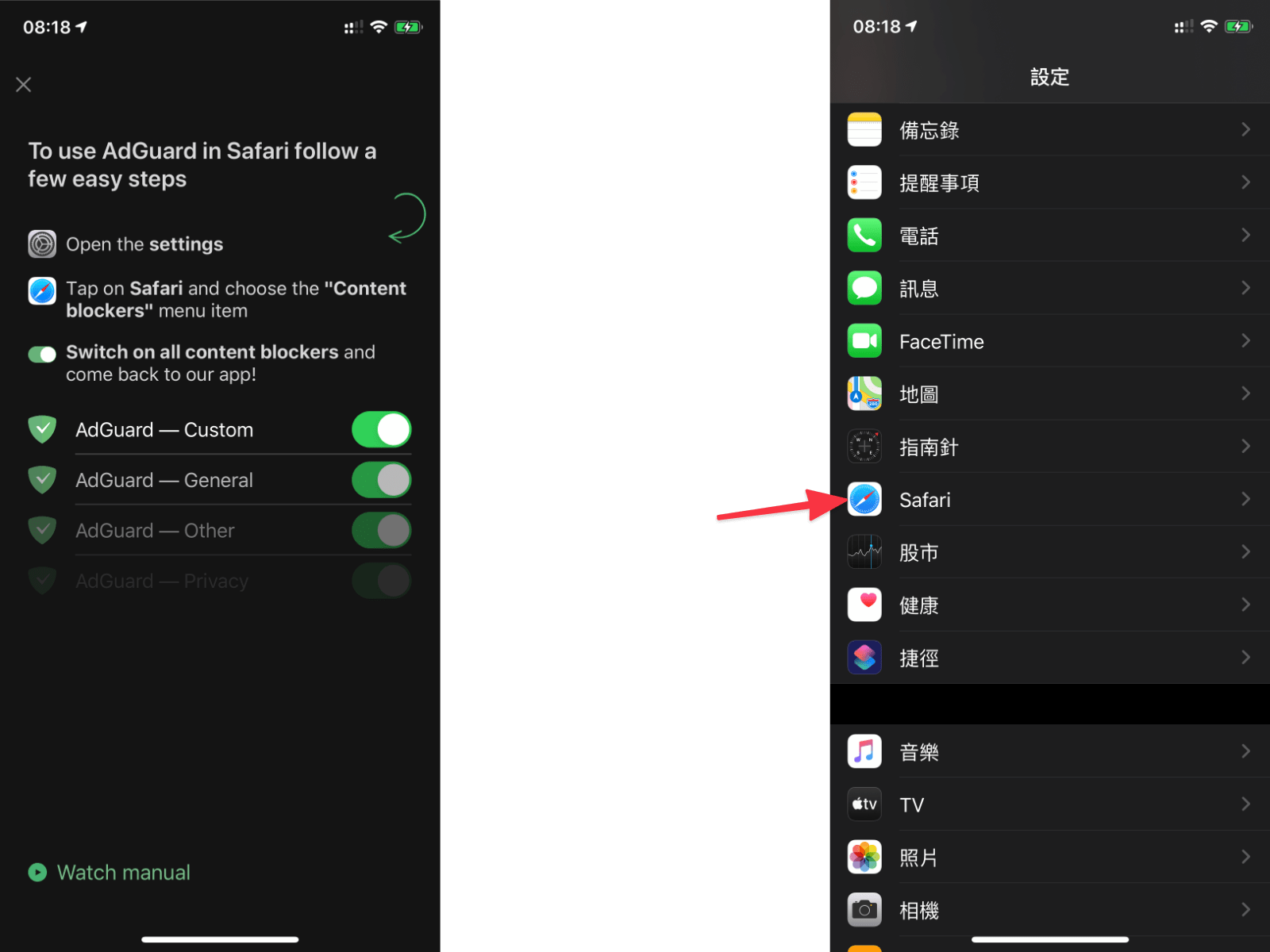

Replace 1.2.3.4 with the public IP address of your VPS, or a bound domain name.įollow the instructions on the web interface to finish the setup. You can also use systemctl to manage the AdGuardHome service:Īfter installation, we can access the AdGuard Home’s web interface via port 3000 (by default).

AdGuardHome -s status - check the status of the service. AdGuardHome -s restart - restart the service. AdGuardHome -s start - start the service. AdGuardHome -s uninstall - uninstall the AdGuardHome service. Here are some other commands you might need to control the service. If no errors prompt, AdGuardHome is now running on the server. All commands are adapted to a Ubuntu server. This section is originated from AdGuard Home’s official wiki. So, AdGuard Home is working at the DNS level that guards your DNS requests with a layer of filtering. By doing so, AdGuard Home now has carte blanche to devices which DNS queries are allowed, and which ones are blocked (filtered).ĪdGuard Home is effectively a DNS proxy, whereby it acts as your network’s primary DNS nameserver, filter requests, then relays the requests that satisfy your configured filters to certain “upstream” DNS nameservers, which does the real DNS resolution. When you setup the AdGuard Home in your network, you can configure your router’s DHCP service to use AdGuard Home’s DNS address as the default DNS nameserver instead. There are thousands of public DNS servers out in the world. It is entirely possible to override the DNS server on the router, but for most people won’t do that and leave the one configured by your ISP (Internet service provider).

In order to determine the IP address, your device makes a DNS (domain name system 1) query to a DNS nameserver which will respond with the DNS record for that particular domain, containing its IP address(es) and associated information.īut how does your device know which DNS server to call for each request? Well, it’s generally the job of your router’s DHCP 2. Whenever you navigate to a website using its URL (, for example), your device needs to know which IP address the domain name links to. In this short guide, I will show you how to setup your own AdGuard Home on a VPS (preferred Ubuntu 18.04+). It is a fully-fledged server application which runs on a separate machine (your home router or even a remote VPS), and provide cross-device protection over your network with a mechanism to actively block certain requests from the websites you visit. Its purpose is to let you control your entire network and all your devices, and it does not require using a client-side program. AdGuard Home is a network-wide ad-and-tracker blocking DNS server.


 0 kommentar(er)
0 kommentar(er)
